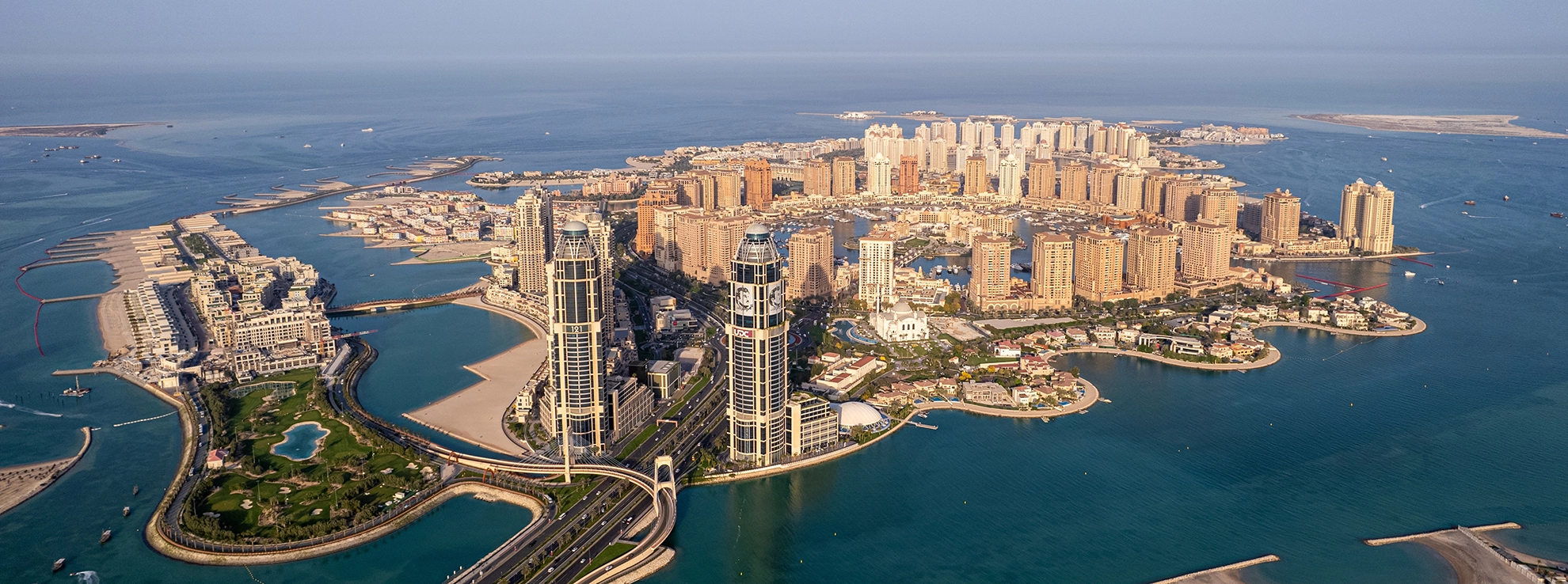Yes, travel medical insurance can be required for certain visa applications, such as the Schengen Visa. For these visas, you must provide proof of travel medical insurance that meets specific requirements, such as coverage medical expenses (minimum of 30.000EUR), hospitalization, repatriation within the whole Schengen area, for you entire stay.
Even when it’s not required, travel medical insurance is strongly recommended for several reasons:
- High Medical Costs Abroad: Unexpected medical expenses in foreign countries can be extremely expensive, and insurance helps offset these costs.
- Emergency Medical Evacuations: The cost of emergency medical evacuations can be very high in severe medical situations.
- Comprehensive Coverage: Travel medical insurance can also includes benefits for unexpected events like air ticket cancellations, lost luggage.
- Peace of Mind: Being covered for potential medical emergencies allows you to travel confidently and enjoy your trip.
Investing in travel medical insurance ensures protection against unforeseen medical expenses and provides peace of mind during your travels.
To simplify your process, Insurte, partners with leading international insurance companies that offer travel medical insurances. If you wish to proceed, please click the link below:
Travel Medical Insurance
















































































































































































































































































































































































































